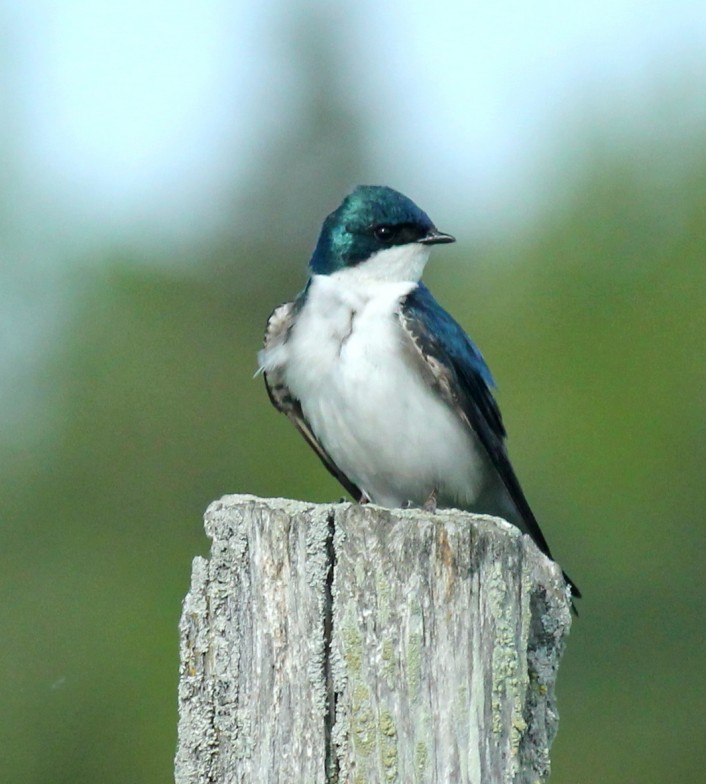Each year, we seem to hear the same question: Where have all the birds gone? A report released this month by the World Wildlife Fund provides some of the answers, and its conclusions are not for the faint of heart.
Based on surveys of more than 10,000 populations of mammals, birds, reptiles and amphibians and fish, the Living Planet report states global populations of these vertebrate wildlife species have declined by 52% since 1970. In a time period of little more than 40 years, we have watched fish and wildlife numbers drop by more than half.
Of course, not every species is equally affected. Freshwater species show the biggest drop in numbers, with an average 76% decline linked to habitat loss and fragmentation, pollution and invasive species. For example, dams on rivers that break the connection to upstream spawning areas can have dramatic effects on fish populations.
Terrestrial wildlife and marine species have fared somewhat better, dropping by 37% and 39%, respectively. Again, habitat loss to agriculture, urban areas and energy production are major threats. In the marine environment, population declines are fastest in the tropics and southern hemisphere, linked to overharvesting and habitat degradation affecting many fish species, marine turtles and sharks.
In the Orillia area, we might think we are exempt from this global decline in biodiversity, but we are not. Since 1970, populations of grassland birds in this area have dropped by roughly 70%, and birds that catch insects on the wing — swallows, flycatchers and whip-poor-wills, among others — are rapidly dropping as well. A few species, such as Canada geese and wild turkeys, have done quite well, but overall, we fit the global pattern.
Unfortunately, this is only the most recent phase of a long-term trend. Ecologist and author John Riley, in his 2013 book The Once and Future Great Lakes Country, concludes, “The native wildlife of Great Lakes country is a shadow of its former self.” He uses the journals and accounts of early European visitors to create a compelling picture of the fish and wildlife bounty that graced Huronia and other areas 300 years ago.
For example, the passenger pigeons roosting in the oak forests of Huronia in 1625 were described by Father Sagard as “infinite.” Even two centuries later, a careful count of these birds passing over Niagara tallied 3.7 billion. The last passenger pigeon died in a cage at the Cincinnati Zoo in 1914.
Millions of American eels migrated into the Lake Ontario watershed each year, forming a food staple for native tribes. Now, the dwindling remnants of that species are classed as endangered. Atlantic salmon that crowded the same rivers are extinct. So are the great herds of elk that once roamed the limestone plains and other open areas of southern Ontario.
This sad roster of continuing loss not only makes our world a poorer place; it also reinforces the importance of conservation work by the Couchiching Conservancy and similar organizations. Remembering the past helps us all shape a better future.
Ron Reid is the Carden program co-ordinator at the Couchiching Conservancy, a non-profit land trust that protects ecologically sensitive land in the Orillia region. For more information, visit couchichingconserv.ca.

